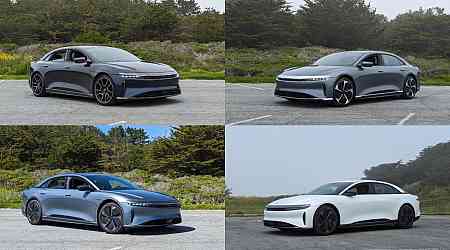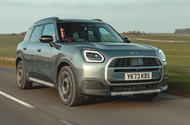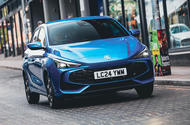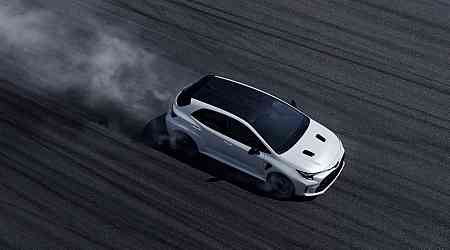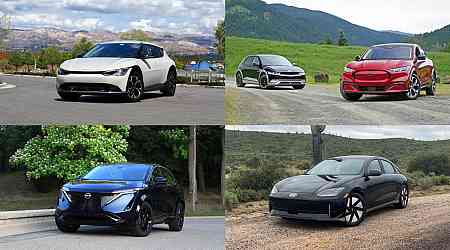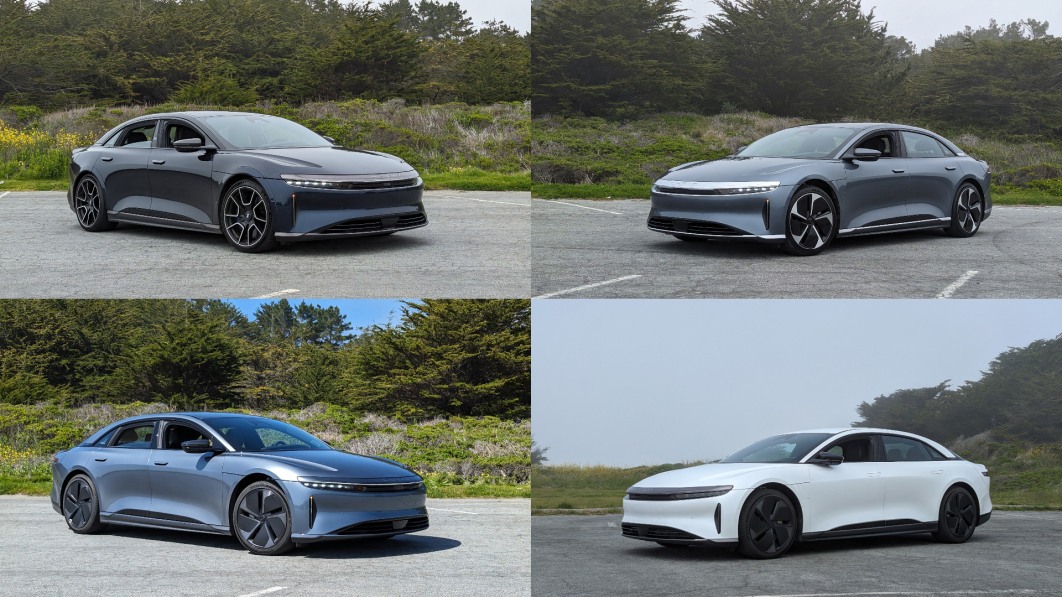The Raptor may be seen as a performance car, but 50mph is its limit hereA confusing mess of speed limit types leaves some vehicles with an unusual exception - Matt Prior explains
Well, this is a little embarrassing.
When I previously suggested that all drivers should be regularly reminded of their responsibilities on the road, reader Phil Townsend wrote to suggest that I ought not to be overtaking cars doing 60mph on dual carriageways in my Ford Ranger Raptor because its speed limit is also 60mph on such roads, owing to it being a light commercial vehicle.
Light commercial vehicles – vans and so on – have different speed limits to cars, as you may know, and indeed as I knew. They’re the same as cars for speed limits up to 50mph, but as for national speed limit roads, they’re limited to 50mph on single carriageways (not 60mph), 60mph on dual carriageways (not 70mph) and then revert to 70mph on motorways.
There are exceptions to this rule. Car-derived vans, such as the Toyota Corolla Commercial that is also currently on the Autocar fleet, have the same speed limits as cars. So do double-cab pick-up trucks, which are classed as dual-purpose vehicles.
I don’t have the Raptor’s V5C document, but I knew that’s what it was. Except it wasn’t. Because here’s the thing: dual-purpose vehicles are only such if their unladen weight is less than 2040kg, and the Raptor’s weight of 2454kg is somewhat over that.
I need to go through the spec sheets for all of the UK’s current double-cab pick-ups, because I suspect that not many are under that limit.
On this point, it doesn’t matter that HMRC doesn’t treat the Raptor as a van, owing to its sub-1000kg payload.
To qualify as a car-derived van, a vehicle must weigh less than 2000kg when fully loaded. So while the Corolla Commercial complies, the Land Rover Defender Commercial does not.
Also, the speed limit rule for car-derived vans works only for vans spawned from cars, rather than vans that have spawned passenger versions.
So the Corolla Commercial has car speed limits but the Citroën Berlingo is still defined as a van and therefore subject to lower speed limits (although I read that later variants might have ‘car-derived van’ on their V5Cs, and this isn’t something that applies to the passenger variants anyway, so don’t fret about the 10mph if you have one of those).
This can all be quite confusing, I think, and is certainly model-specific: Isuzu D-Maxes can qualify as dual-purpose vehicles, more road-focused pick-ups might not and no single-cab pick-up is allowed to.
This wouldn’t have mattered too much in the past, I suspect. What would a few MPH either way on a speed limit have mattered on the occasional road where indeed you could reach it? Basic speed cameras would go off only if triggered at a certain speed and traffic police would be more interested in how you drove.
But given the increase in average speed cameras, whose automatic numberplate-recognition systems know each individual vehicle’s registered limits, it now pays to absolutely know what applies. Especially as drivers of commercial vehicles sometimes aren’t treated as leniently as car drivers in court, because they (like me) should know better.
I wonder, though, if there’s an argument for raising the weight thresholds for vehicles to be classed as car-derived vans and dual-purpose vehicles. A medium-sized estate car could very easily have a laden weight of more than 2000kg.Add a significant amount of electrification and it absolutely will.
Legislation has forced cars to become bigger and heavier than ever, yet they have also become better at stopping and feature more active safety systems than ever.
These clauses were obviously created with good reason: so that entirely capable vehicles could keep up with the traffic flow. It would be a shame to find that no vehicles comply with them.



















